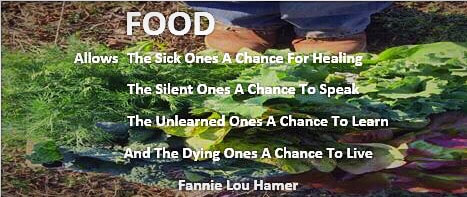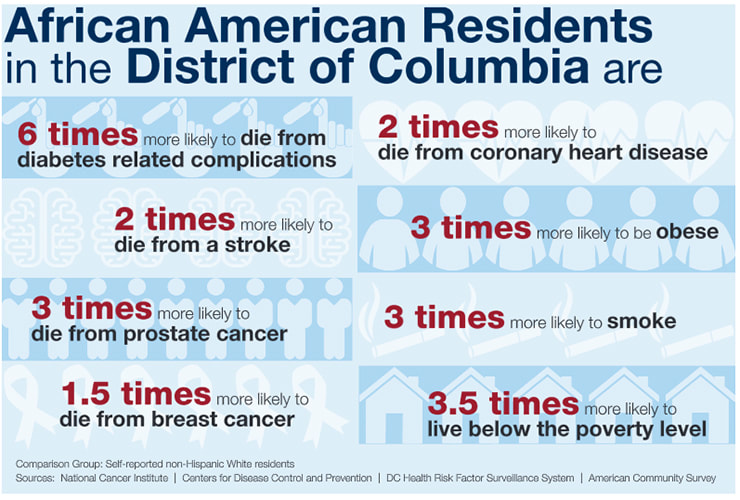|
It started in 2019.
The resolutions to eat better, quit smoking, exercise more ,and stress less. And then you pass the pint of ice cream in the freezer aisle, the bakery with donuts or the coffee shop with pastries and coffee drenched in a flavored syrup. By April Fools Day, in most years, New Years resolutions have ended. Resolutions-To Do or Not To Do Not this year. Sidewalks and parks are filled with people of all ages walking, running, biking, and hiking. The produce section in your favorite store can't keep up with the demand for fresh vegetables and fruit. Building a cigarette quit plan is a serious intention, now. Farms and farmers markets are designated essential businesses, in most states ,and no one questions why. And business is booming for seed companies! 2020 started with a literal big bang lit by a virus, SARS-CoV-2, originally found in bats. A virus with a global reach that now affects thousands of households indirectly or directly. Today, SARS-CoV-2 , with its spike protein, sits on center stage under a spotlight. While the race to find a vaccine or cure continues, scientists in Europe and Asia have identified a few risk factors. In China, age, smoking history, diabetes and hypertension were risk factors for developing COVID19- the primarily respiratory infection affecting thousands of patients around the world. Viral shedding continued for a median of 20 days in some survivors of COVID19 from Wuhan, China. Dr. Shawn Vasoo, clinical director at the Singapore National Center for Infectious Diseases, noted COVID19 disease progression in patients with a history of chronic diseases especially poorly controlled diabetes. The Exceptional American Landscape The US infectious disease landscape is especially colored by unique patterns and risk factors for COVID19 infections. Preliminary review of US cases notes that younger patients are at risk for developing COVID19- an unusual finding relative to other countries. The presence of significant risk factors - cardiovascular disease, hypertension ,diabetes, and obesity in patients of all ages places the majority of Americans at risk for developing COVID19. Obesity alone has been identified as a risk factor for viral infections, disease progression and poor health outcomes. In 2009, obesity was identified as a risk factor for H1N1 flu infection severity and mortality due to "delayed and blunted antiviral responses". In the US, almost 43% of American adults are overweight and have a BMI > 30. In the UK, a BMI >40 alone, warranted a recommendation for self-isolation; the same recommendation given to patients with sickle cell, HIV/AIDS, chronic heart, kidney, pulmonary and neurological diseases. Another fact that differentiates the US from the rest of the world is the presence of traditionally adult diseases-hypertension and Type 2 diabetes- in children and young adults. 1 in 3 Americans are prediabetic, a preventable chronic health condition. Ten percent of Americans are diabetic and over 1.5 million Americans are diagnosed with diabetes every year. Cardiovascular disease affects almost half of Americans adults and heart attacks are on the rise in young adults. As more data is released , disturbing healthcare disparities are noted. In Chicago, 70% of COVID19 patients that died were Black, even though only 29% of the population. is Black. In D.C. , where the Black population of all ages are disproportionately affected by hypertension, diabetes and stroke, a disproportionate number of COID19 cases are also Black. And the absence of adequate personal protection equipment(PPE) for healthcare team members endangers their lives and the lives of family members. Continuous exposure to SARS-COV-2 droplets in emergency rooms and ICUs across the country continues to increase the risk of front line professionals developing COVID19. How long will this pandemic last? Will it end and recur every year until a vaccine is found? Will warm weather slow or stop the spread? So much is till unknown. So much to learn. Ongoing clinical trials will evaluate the role of a variety of medications and therapeutic interventions. Flatten the Curve Until definitive answers are available, flattening the curve is critical to prevent the spread of SARS-CoV-2. Practicing good hygiene is needed now more than ever- hand washing with soap for 20 seconds- before food preparation, before meals, after touching common areas, and bathroom breaks. Who knew that some people don't wash their hands before leaving the bathroom?Safe physical distancing- at least 6 feet- is also an effective action to limit viral exposure and community spread. Masks protect others from droplets formed with coughing, sneezing and even, talking. And stay at home. Always, Nourish Well For many, the COVID19 outbreak has been a wake up call to focus on health and eat more nutritious meals, not supplements, that can boost the immune system. Vitamin C is found in hot and sweet bell peppers, hibiscus tea, and kiwi fruit, not just oranges.. Zinc , a supplement used in some hospital COVID19 medication protocols, is found in oysters, lobster, crab, beef, poultry, sprouted beans and nuts. Daily zinc intake helps maintain a sense of smell and taste and possibly helps protect against neurodegenerative diseases like Alzheimer's disease and also, pneumonia. Food - A Comfort, A Feast, A Force So while you are staying safe at home, fill your small plate with whole foods that will always deliver. A bowl of Gumbo Z'herbes , " a sauce of leaves", filled with leafy greens, carrot tops and the meat of your choice. A bowl of red beans and rice, or/and lentil soup spiced with curry and scotch bonnet pepper. A comforting bowl of chicken pot pie with a golden brown crust hiding carrots, shelled peas and potatoes. Or how about short ribs with carrots, celery, onions and garlic mashed potatoes with chives. Eating a rainbow of vegetables and fruit opens the door to an endless amount of possibilities limited only by your culinary creativity. And don't forget to hydrate with cold or hot tisane- water flavored with local herbs like mint, hibiscus, lavender, and lemon balm- and sweetened with/without local honey. Control your daily added sugar intake and you can help control important numbers-blood glucose, blood pressure, BMI and waist circumference. Our growing season is just beginning.with direct and indirect seeding of leafy greens, root vegetables, and herbs for the spring. Root vegetables like leeks and onions contain quercetin, and prebiotic fiber to keep your gut microbiome healthy. And as the seasons progress, beans, sweet potatoes, okra, watermelon and raspberries will color your plate and maybe, help lower your waist circumference, HgB A1c, LDL/triglyceride levels, blood pressure and risk for viral infections. Join us as we help you feast and maybe, transform your life. |

On the farm
Same Hands,
Same Goals, Different Knives Growing Healthy Families Archives
February 2023
Categories
All
|



 RSS Feed
RSS Feed